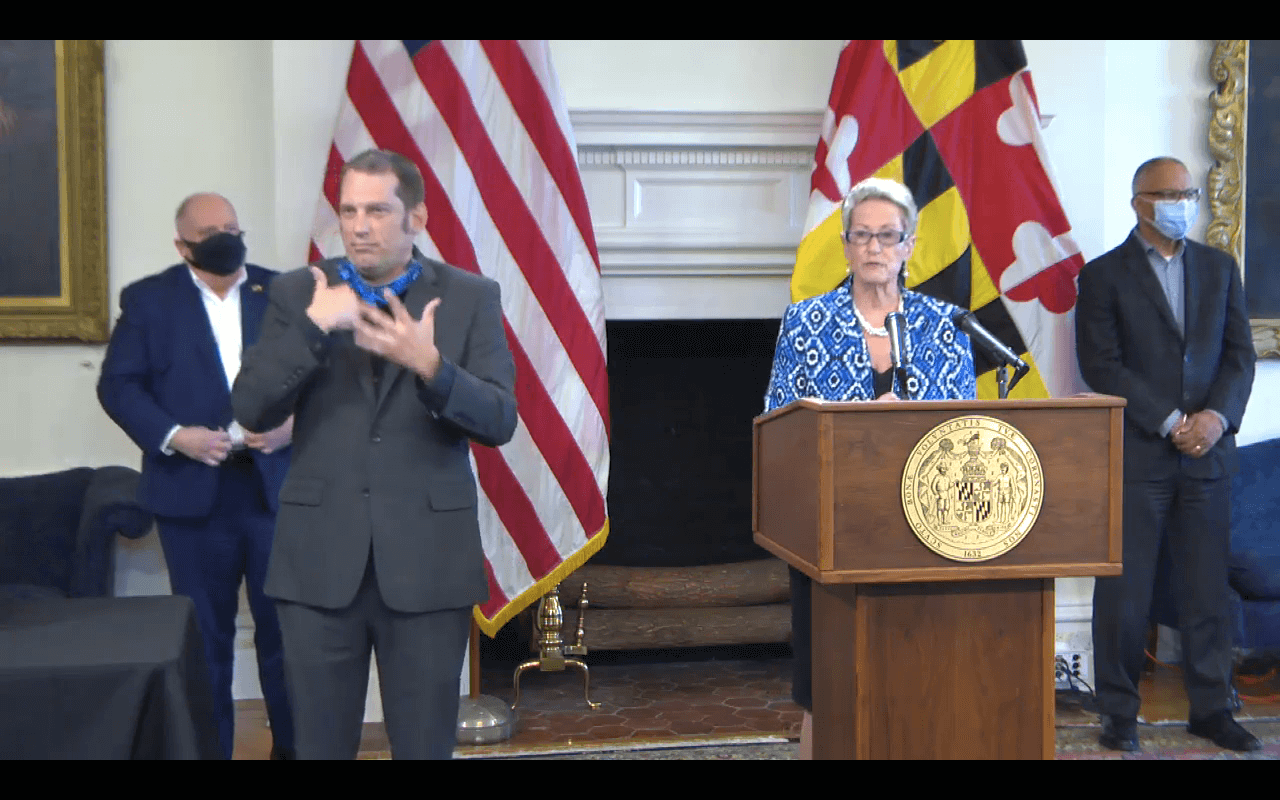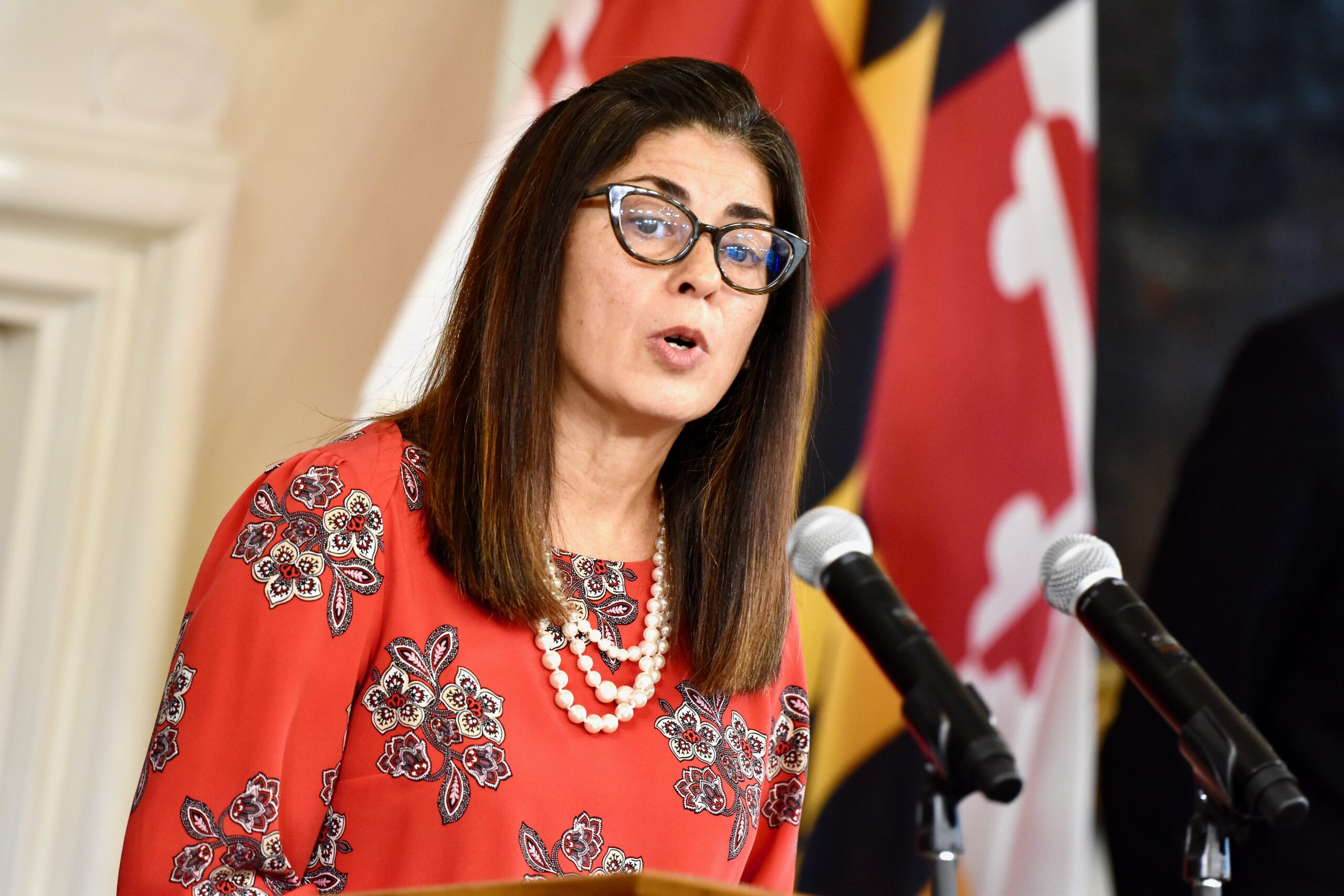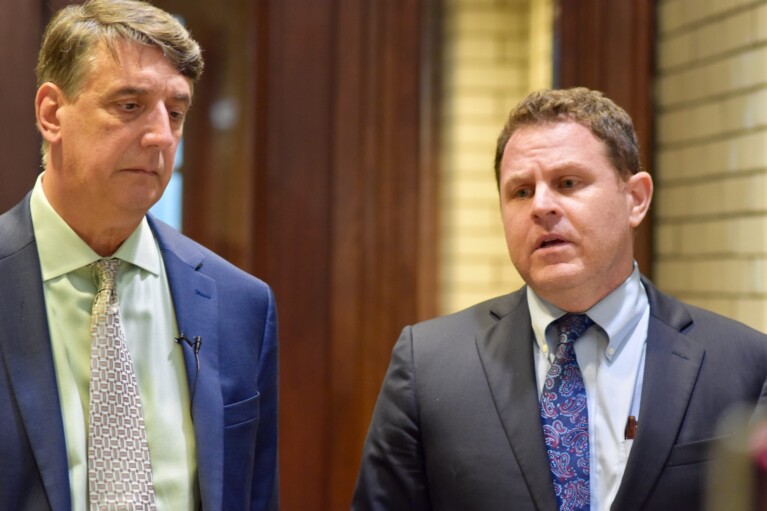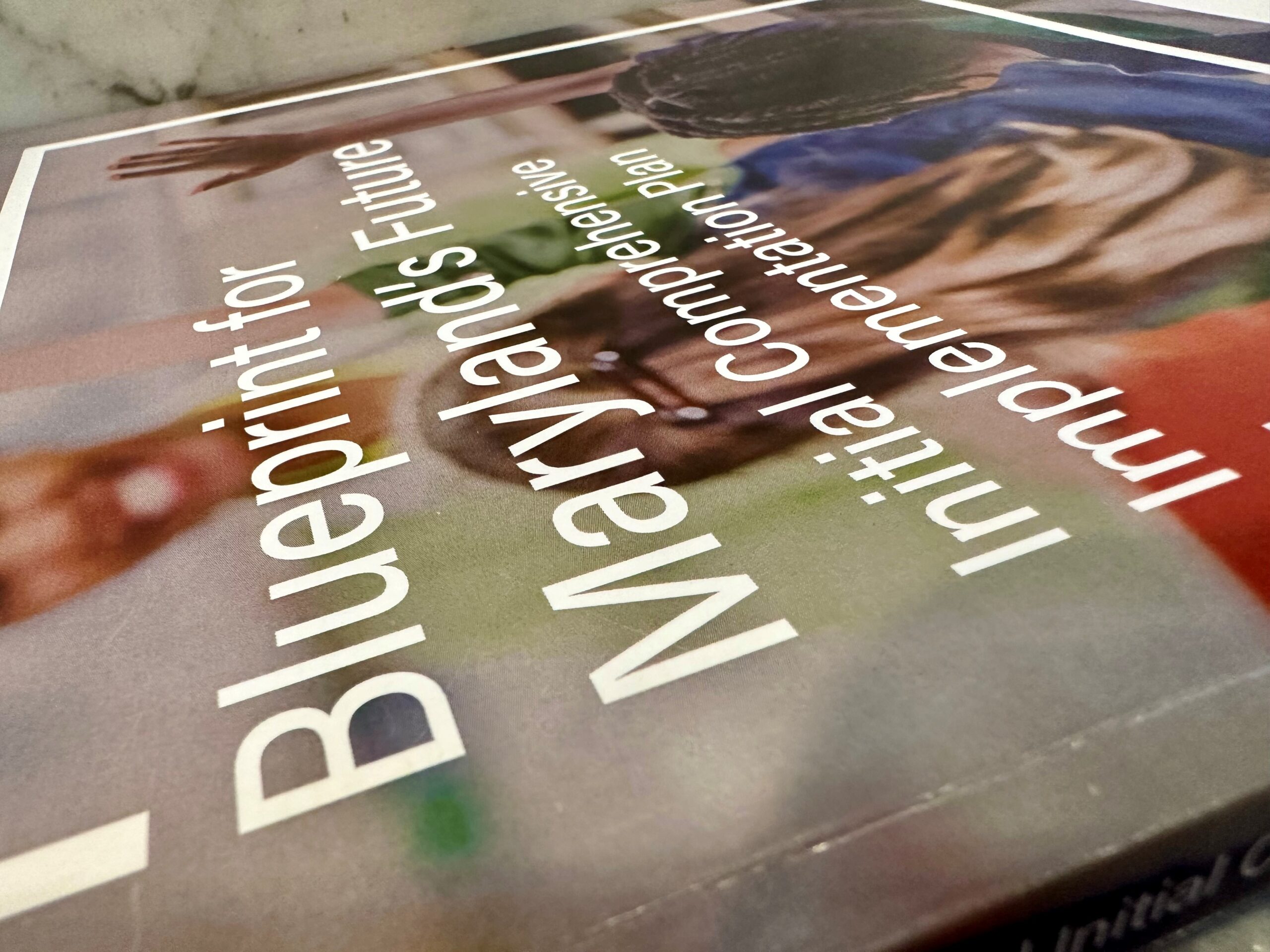Educators Raise Concerns About State’s Revised Recovery Plan for Schools

As the academic year comes to a close, the state of Maryland has been working on plans for reopening schools for the upcoming year. State administrators and educators testified virtually before two House committees on Thursday to discuss what that might look like.
Maryland Together, the state’s recovery plan for education, outlines guidelines that each school system can use to tailor to their school communities. A revised version was posted on the Maryland State Department of Education website on Wednesday.
Local school systems must establish their own recovery plans with certain requirements such as incorporating an equity plan, identifying gaps in learning and following health safety protocols, Dr. Karen B. Salmon, the state superintendent of schools, said.
Although each school district is responsible for creating their own recovery plans in accordance with state guidelines, Del. Michele J. Guyton (D-Baltimore County) stressed that there also needed to be “a really strong and active and expedited and completely transparent system of accountability and compliance enforcement for those systems that don’t actually live up to these requirements.”
Salmon said that MSDE will work on creating new systems of accountability within the limitations that the COVID-19 pandemic has created.
Funding for additional tutoring sessions or summer school programs to mitigate learning loss from the pandemic, especially for students who have pre-existing challenges, is important, Del. Eric G. Luedtke (D-Montgomery) said.
The federal CARES Act includes $207 million for elementary and secondary school emergency relief funds, and at least 90% will go directly to local school systems. Maryland also received $45.7 million for the Governor’s Emergency Education Relief fund, which will support school districts and higher education institutions. Students with disabilities will be prioritized for in-person learning, Salmon said.
Dr. Sonja Santelises, the CEO of Baltimore City Schools, said that an estimated $486 per student was required for health safety protection costs alone. This number came from the School Superintendents Association’s analysis of COVID-19-related reopening costs.
Transportation will also require extra funding if physical distancing protocols are still in place, Salmon said. Fewer children on buses means more buses and drivers will be necessary.
Ensuring equity in Maryland’s education system, especially during a pandemic that has exacerbated inequities, is also critical, Del. Alonzo T. Washington (D-Prince George) said.
“We can’t just give it lip service. We can’t just say that word ‘equity,’” Salmon said. “Well we got to dig down very deeply to make sure that that does occur.”
According to the state’s recovery plan for education, local school districts are primarily responsible for including an equity plan into their recovery blueprints. Salmon did not specify how MSDE will ensure that each school district has proper equity plans when the state agency eventually reviews local school districts’ recovery plans in August.
Leading with equity is a core principle that requires continuous pressure and accountability, said Cheryl Bost, the president of Maryland State Education Association. However, the state recovery plan punted the responsibility to local school districts when it came to ensuring equity, Bost said.
“I find it troubling that the state plan is not undergirded by the same principles,” she said.
Educators and several General Assembly members stressed that teachers needed to be included in the stakeholder meetings from the onset.
Without teachers in the planning conversations, miscommunication is more frequent, Bost said. Salmon’s announcement Wednesday that permitted in-person summer schools with up to 15 people came as “quite a surprise to us,” Bost said.
The state guidelines on school buses also did not address the needs of Baltimore City, where students use public transportation instead of school buses to get to school. “The plans we have seen from MSDE don’t even consider or even seem to be aware of our students’ needs,” said Cristina Evans, the chair of the Baltimore Teachers Union.
Salmon said it is difficult to put 50-60 people in a room to draft a recovery plan. It was more productive to get the public’s feedback after officials had put a framework together, she added.
A NOTE TO OUR READERS
In these uncertain times, we’re here for you.
We are reporting from the front lines of the fight for racial justice and police reform.
We have a page dedicated to our reporting on COVID-19 in Maryland, including daily updates on cases, hospitalizations and deaths in the state.
And as always, we’ll report with an eye toward the humanity of our sources and a commitment to public accountability.
Stay informed by signing up for the Maryland Matters Memo — our daily morning news roundup, delivered to your inbox. Free.
And if you are able, please consider a tax-deductible contribution to support our nonprofit newsroom.
We’re burning the candle at both ends — doing all we can to keep ourselves, and everyone else, as safe as possible — as we keep you informed.
Please take care!




 Creative Commons Attribution
Creative Commons Attribution